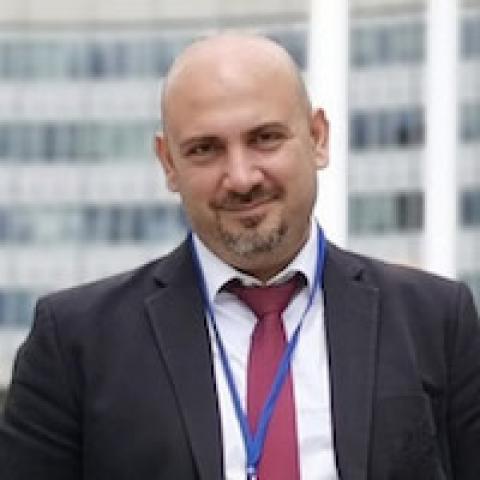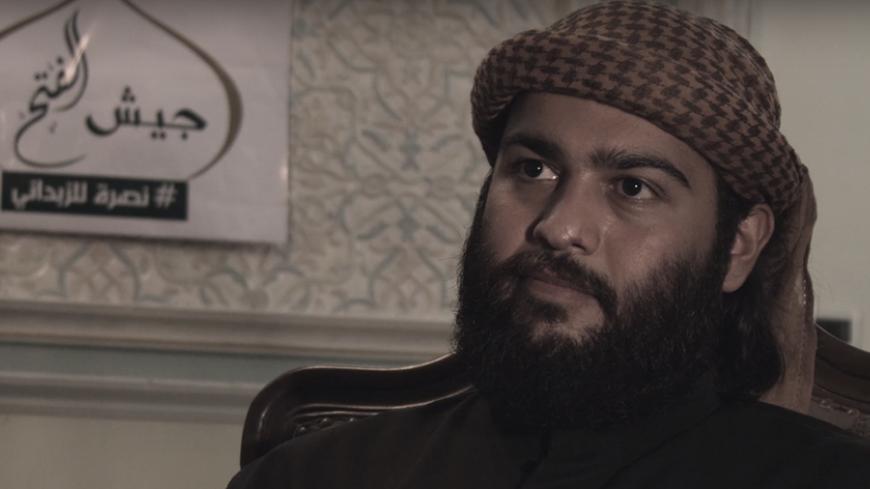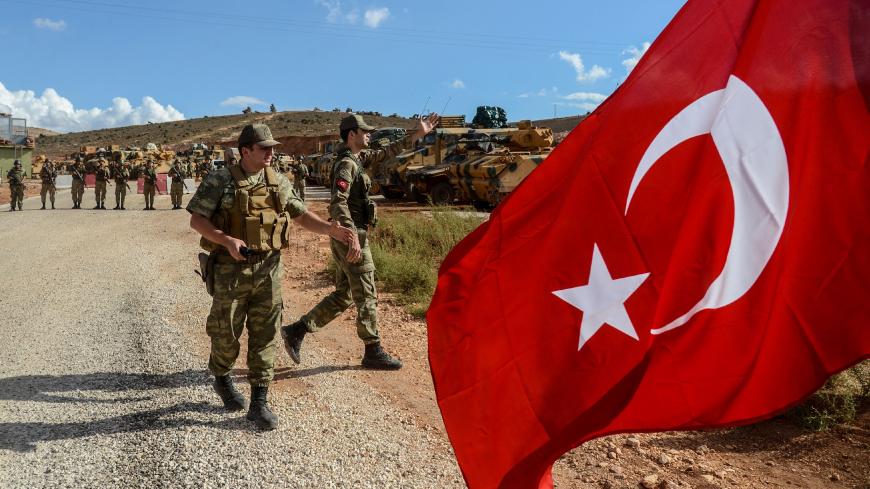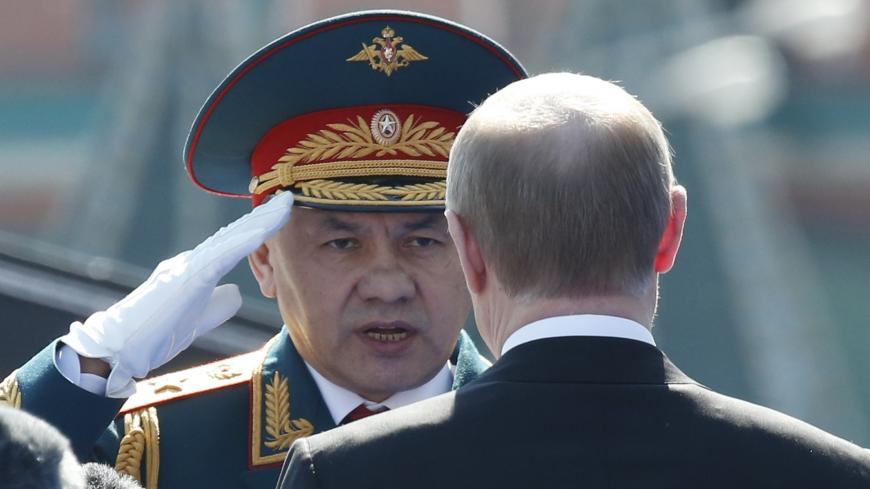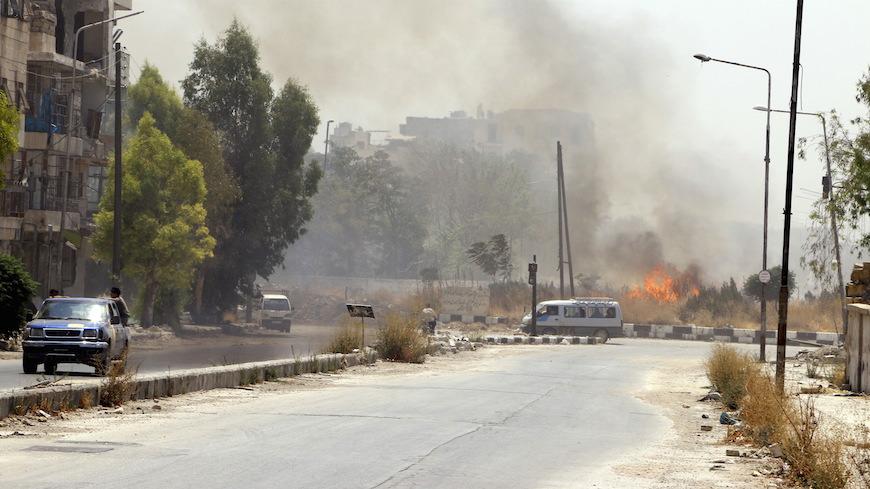Iranian official says Nusra, not IS, main threat to West
The tug of war in Syria will grind on as political talks appear to be going nowhere.

From one edge of the abyss to another, warring rivals in Syria continue to swap roles. On March 27, Palmyra was recaptured from the Islamic State (IS) by the Syrian army, Iran’s Islamic Revolutionary Guards Corps and Lebanon’s Hezbollah movement. After IS had held the city for almost 10 months, forces loyal to the Syrian government entered the city under aerial cover from Russian fighter jets, which launched 41 sorties in four days, killing scores of IS fighters.
After this victory, pro-regime jubilation reflected a sense of total triumph. Expectations were so high that media outlets close to this bloc suggested Deir ez-Zor would be the next city on the liberation list. The anti-IS forces are taking advantage of the truce between the regime and rebels that took effect Feb. 26, which has helped to keep all fronts relatively calm except those with IS and Jabhat al-Nusra.


